A Journey of Strength and Devotion: Starla Reese and Hayli’s Trisomy 13 Mosaic Story
Introduction
Navigating life after a rare genetic diagnosis can feel like stepping into the unknown. For Starla Reese, the discovery that her daughter Hayli had Trisomy 13 Mosaic came more than a month after her birth. What followed was a journey defined by unexpected challenges, relentless advocacy, and unconditional love. Starla’s story is one of perseverance, showing that even when the road ahead is hard, it can be filled with meaning, strength, and small triumphs that speak volumes.
A Late Diagnosis and Immediate Uncertainty
“She was over a month old before I was told.” Starla recalled the delayed diagnosis with clarity. Hayli’s condition wasn’t identified immediately, leaving Starla without answers during those critical early days. The news was hard to process—her baby had a rare chromosomal condition, Trisomy 13 Mosaic, and the uncertainty of what it meant was overwhelming.
“She was a premie with other health issues low blood sugar and strep positive. I did not know anything about it. They had to send labs to SALT Lake City for testing and Dr Carey had come to are area doing a clinic he was the first to try and explain it to me. I had no preperation before she was born that there was any problem. Then over a month later. They wanted to send her to Primary Childrens in SLC Ut because of her health issues but choose to keep her here so that I would have family support incase anything happened to her. I had 2 other children at the time.”
An Unexpected Beginning
Hayli was born prematurely at 31–32 weeks. “My placenta had torn, and she was delivered by emergency C-section,” Starla shared. The early delivery, coupled with Hayli’s fragile condition, made her arrival emotionally and physically intense. The moment that was supposed to be joyful became clouded with medical emergencies and uncertainty about what would come next.
“She was born by C section because they keep losing her heart beat. My water had broken so I was in the hospital because I am strep positive. When she was born she was very small 4 lb 9 oz and I only got to see her small face before she was taken to the NICU ICU. The cord was wrapped around her neck 2 times. Because I had a fever I was not allowed to see her. They took a picture and gave it to me. Before she was discharged the RNs in the Nsy made a cast of her hand as she had 6 fingers on her right. She had to stay 2 weeks in the NICU. Once when I went in to visit with her she was in a warming bed all hooked up and the RNs did not want to move her. My Doctor came in as I was very upset the bed was wet and she was laying in it. He told them that they were to make sure that I got to hold her as much as I could her time might be short. They sent her home with me and had Home Health working with us. I still did not know what I was looking at.”
Adapting to Life with Trisomy 13 Mosaic
“I was set up with Home Health when I brought her home from the hospital, and I had to learn to use all her equipment.” From the beginning, Starla became her daughter’s fiercest advocate and primary caregiver. With oxygen, feeding tubes, and frequent medical monitoring, life changed drastically. But through the stress and sleepless nights, Starla held tightly to the love she felt for Hayli.
Each day came with its challenges—but also its victories. Learning to manage her daughter’s care, celebrating progress, and growing stronger together became the rhythm of their lives.
“Dr Carey sent me a book on Trisomy 13. After about 6 months I was set up with Early Intervention TLC which was a God sent. They helped me work with her to crawl ect. Because of Dr Carey who was also a god sent he got us set up with different clinics from Primary Children Hospital for testing on brain stem, cardiology, vision, orthopedic and later endocronolgy for her diabetis. Because of getting her in on early intervention she got into head start and then special education and teachers to help us in school. I worked full time and had two other children so my mother moved down to help me take care of my girls and Hayli. It takes a village to raise her.”
The People Who Made a Difference
Dr. Norman Fawson, the doctor who diagnosed Hayli, played a pivotal role in Starla’s journey. “He told me she would need a voice,” she said. That advice would become foundational in how Starla approached her daughter’s care—not just managing symptoms, but advocating for Hayli’s right to be seen, heard, and supported.
“I did not produce enough milk. He got her set up with early intervention TLC. Dr Carey getting me connected to the right doctors. Dr Day cardiologist for getting her the heart surgery she needed. He was the one who fought for her to get the surgery at 2 years old because they did not want to do it. Several special education teachers . teachers and Principals of the schools that were so good to work with us.”
Medical professionals, home health providers, and a growing support system helped Starla navigate the complexities of trisomy parenting, reinforcing her role not just as a mother, but as a tireless protector.
Words for New Trisomy Parents
“Love them extra because the road ahead is hard and filled with ups and downs, but they are so worth it.” Starla’s message to other parents is one of heartfelt honesty and encouragement. The journey is not easy—but it is meaningful. Her advice reminds us that love can be the most powerful tool in facing adversity.
“Never put up fences as to what they can and cannot do. Let them try. It takes a village to raise them do not try and do it all yourself let others help you. If you have other children teach them to be the protectors of their sibling. As in my case teaching her sisters how to take care of her in case something happens to me and they will need to be the care givers. Most of all listen not only to there words but actions to know what they need. There mile stones are not going to be the same as other children. Reveal and celebrate all things.”
She emphasizes the importance of patience, compassion, and the ability to embrace each day with openness and hope. Every child is unique, and every story deserves to be told.
Conclusion
Starla Reese’s journey with her daughter Hayli is one of resilience, love, and unwavering dedication. From a late diagnosis to mastering medical care at home, Starla has walked a path few understand—but many can admire. Through her story, we are reminded that even in life’s hardest moments, love remains the strongest force of all. And in Hayli’s life, we see that strength, hope, and joy can bloom—even in the most unexpected places.
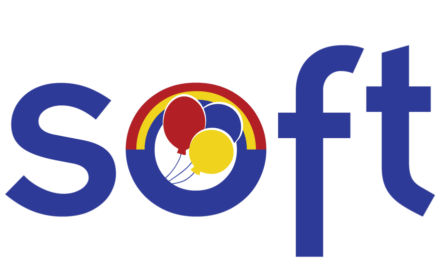
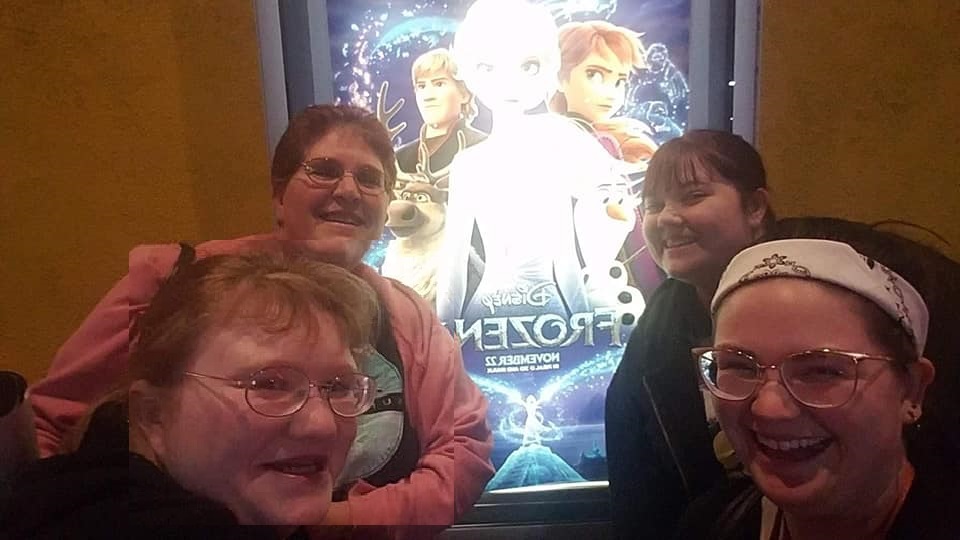

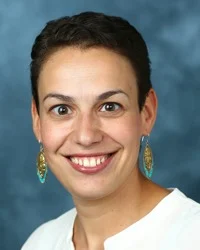
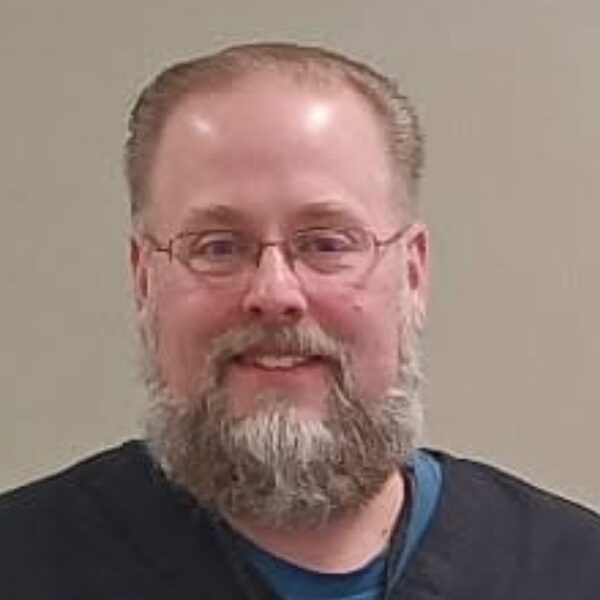
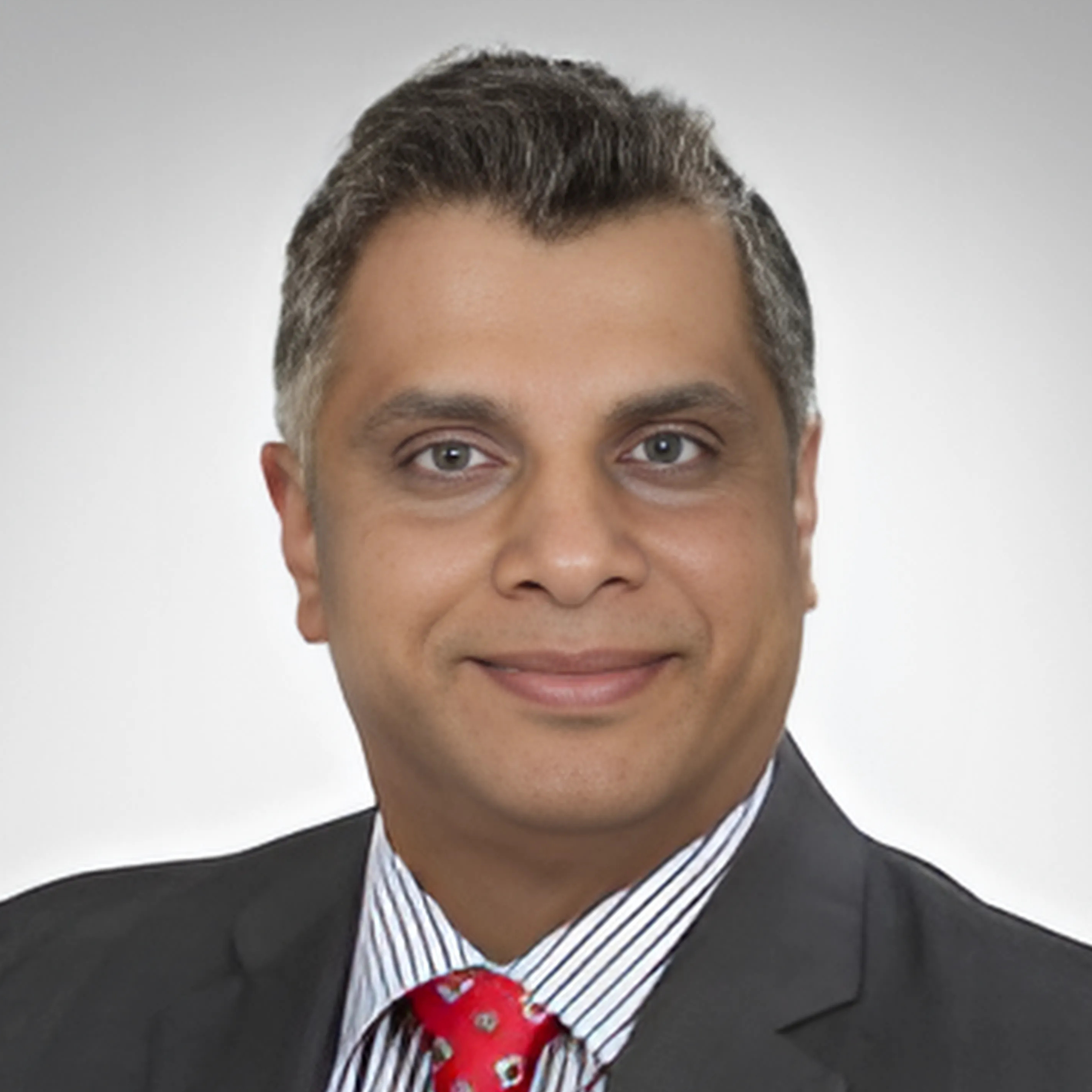



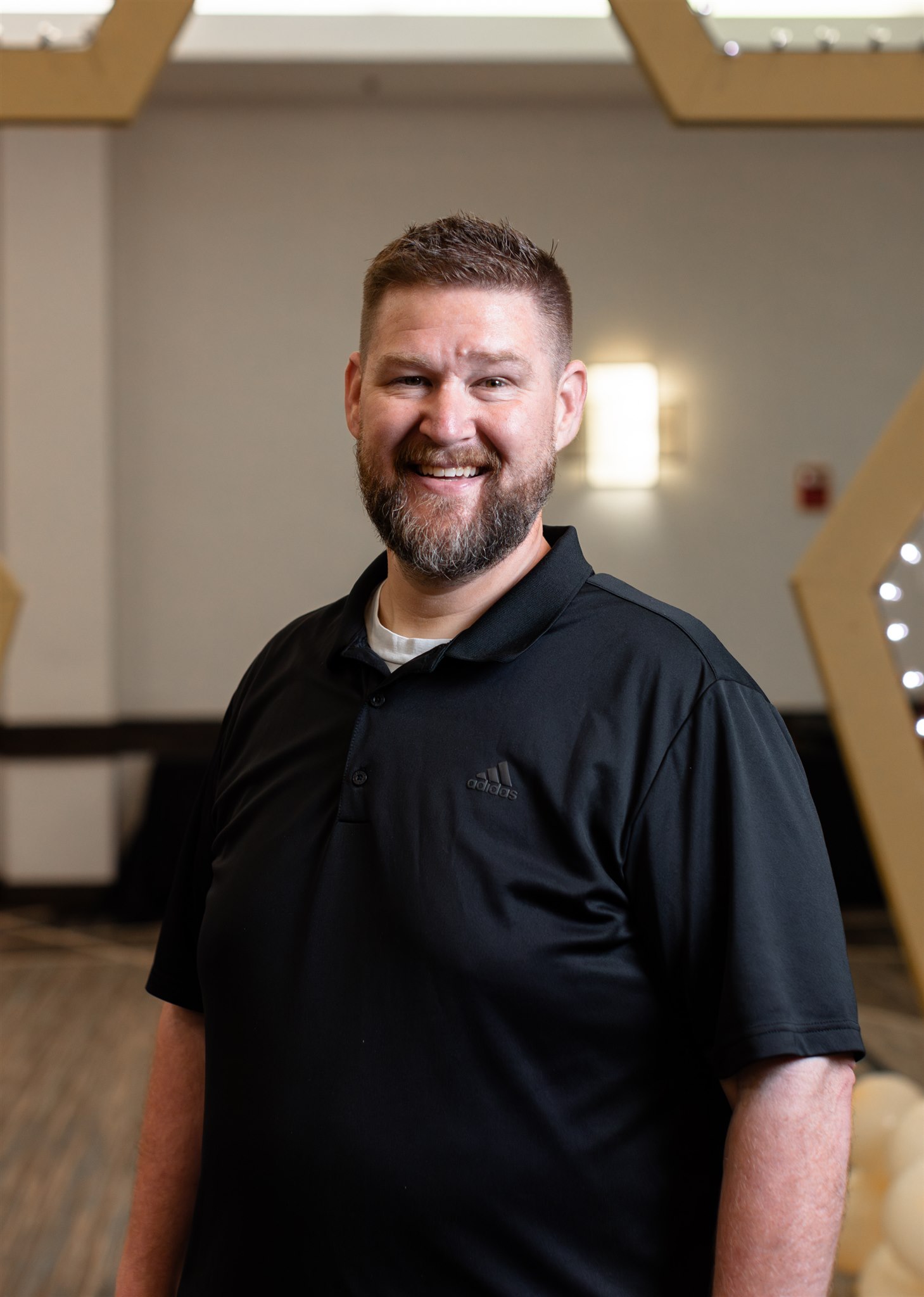
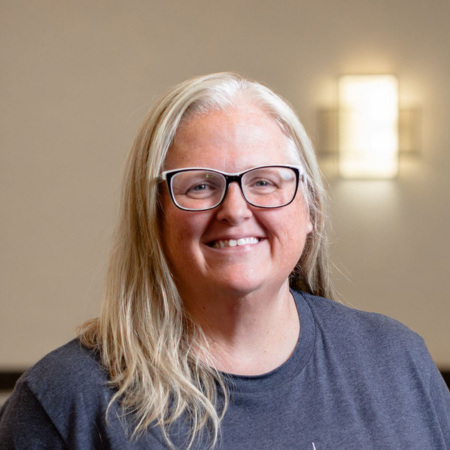
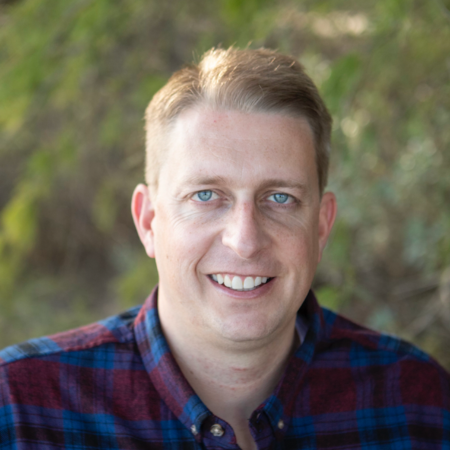
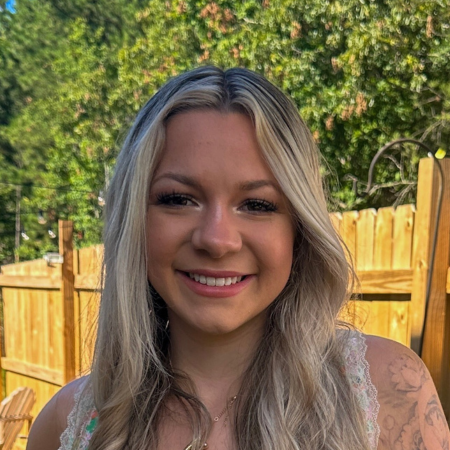

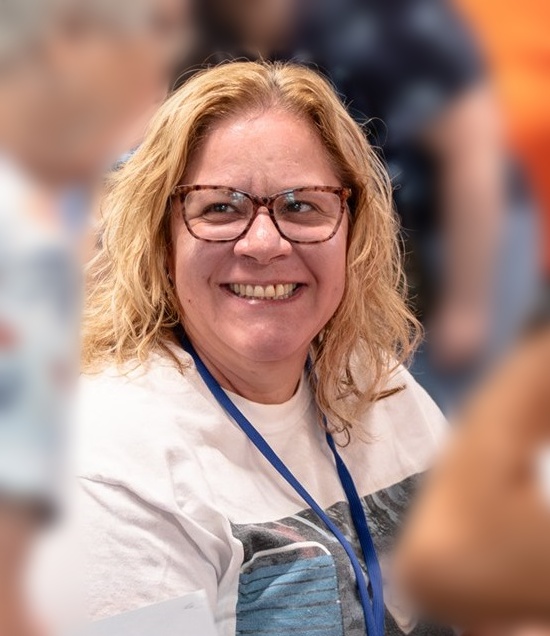

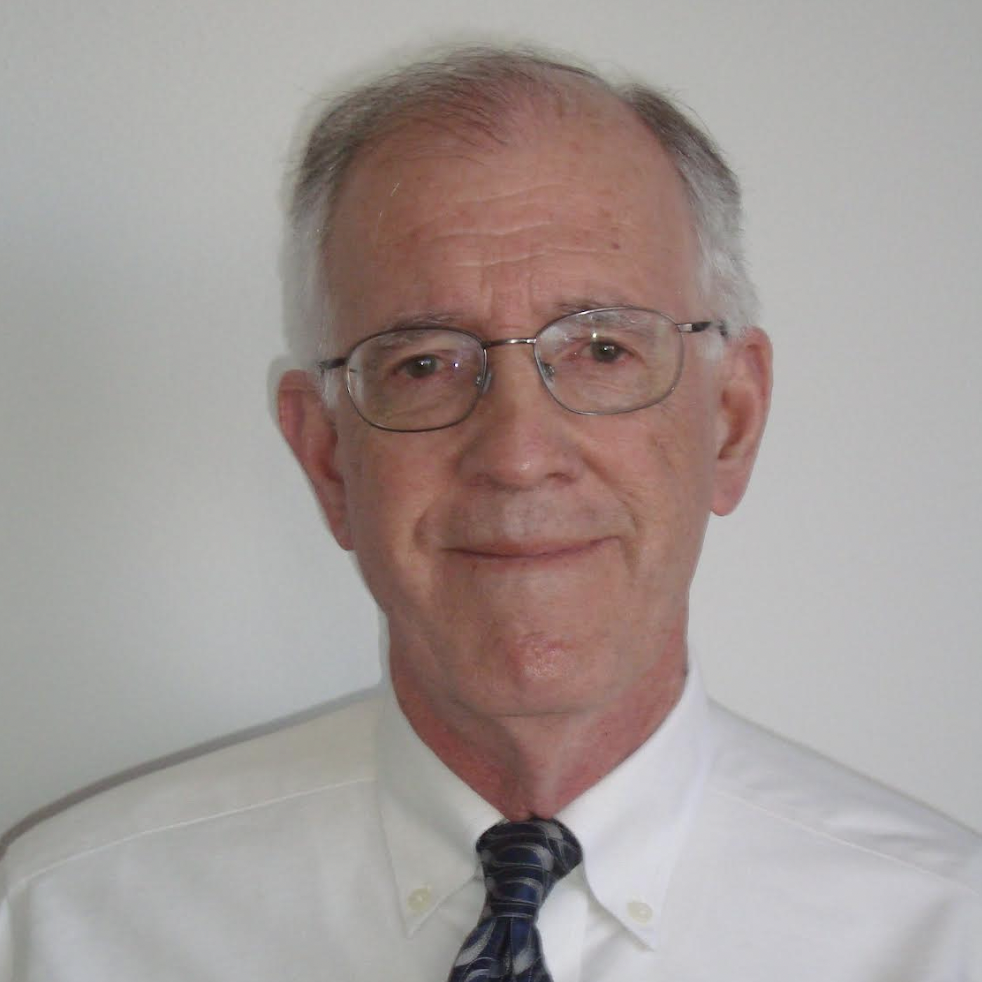

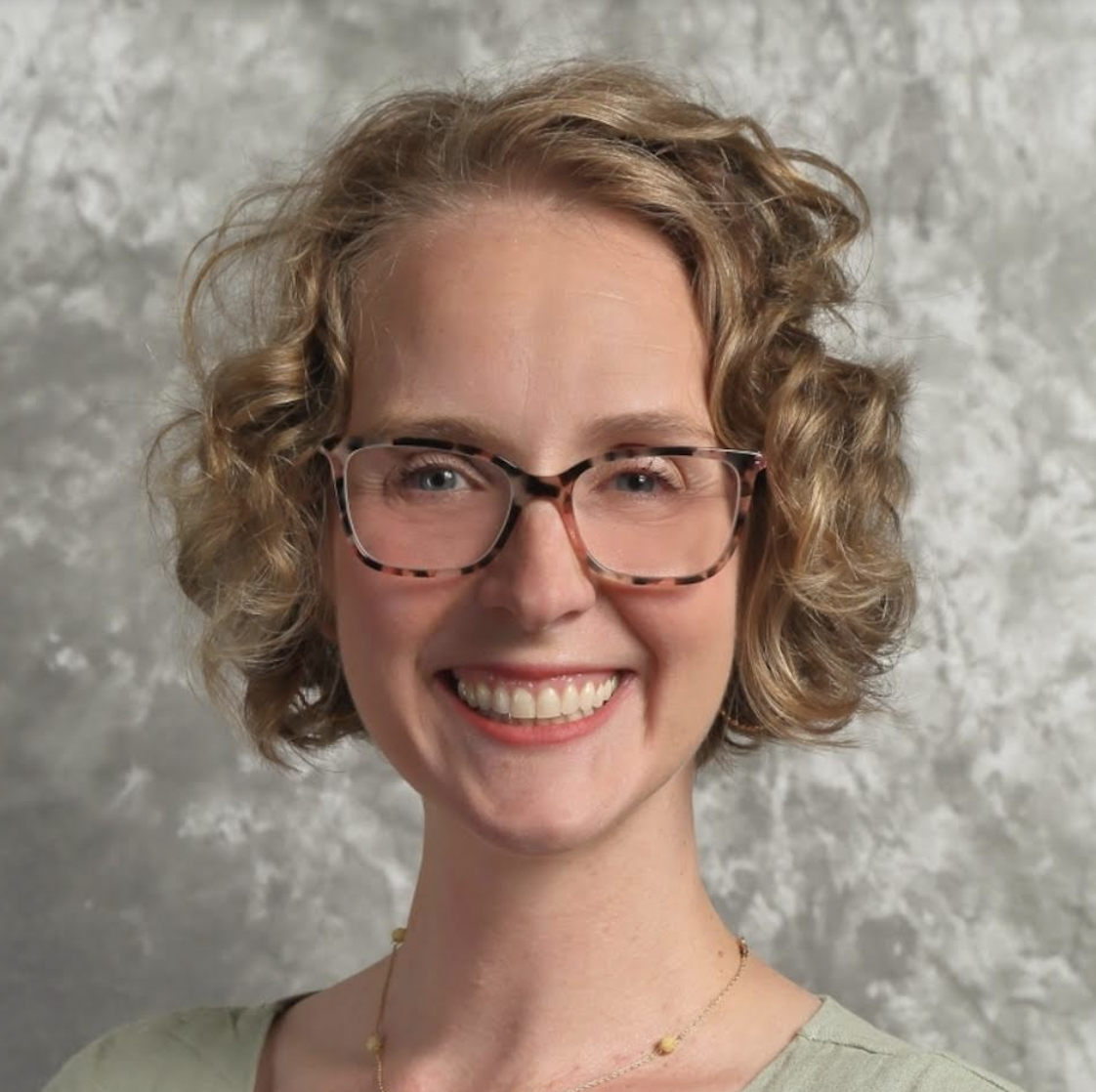
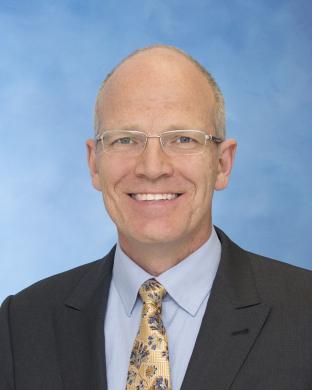
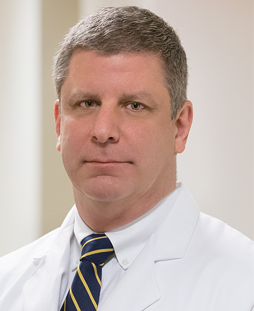

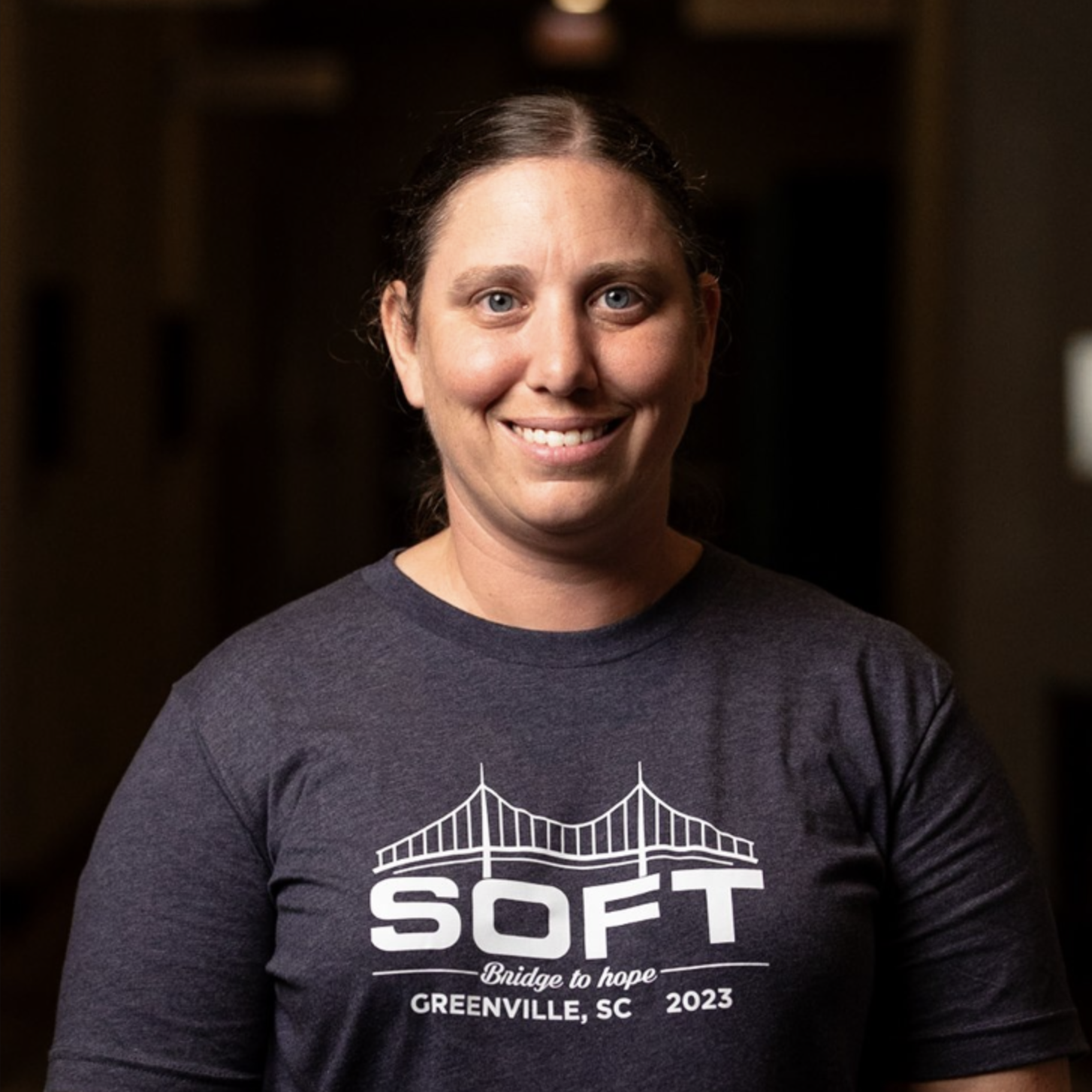



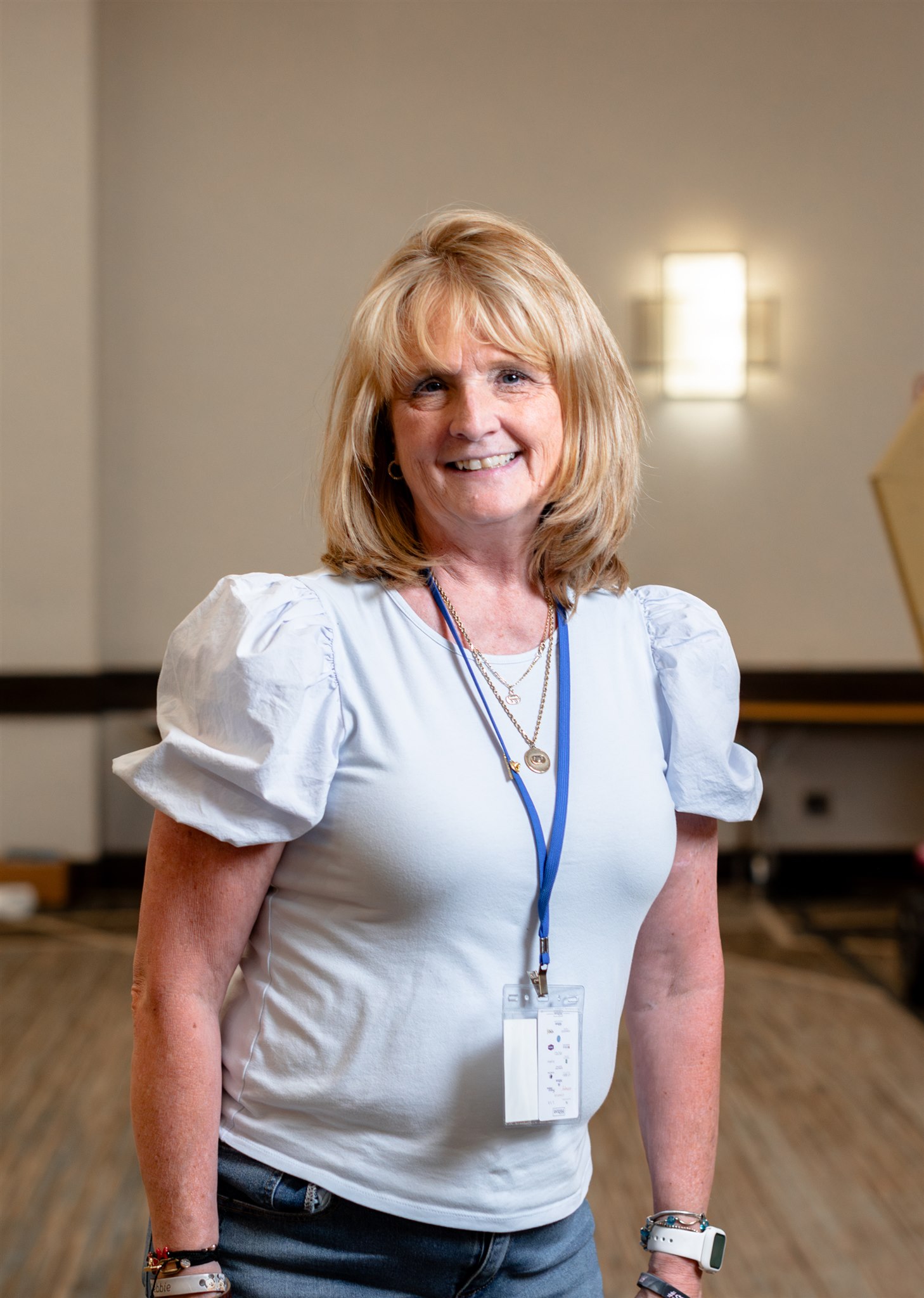
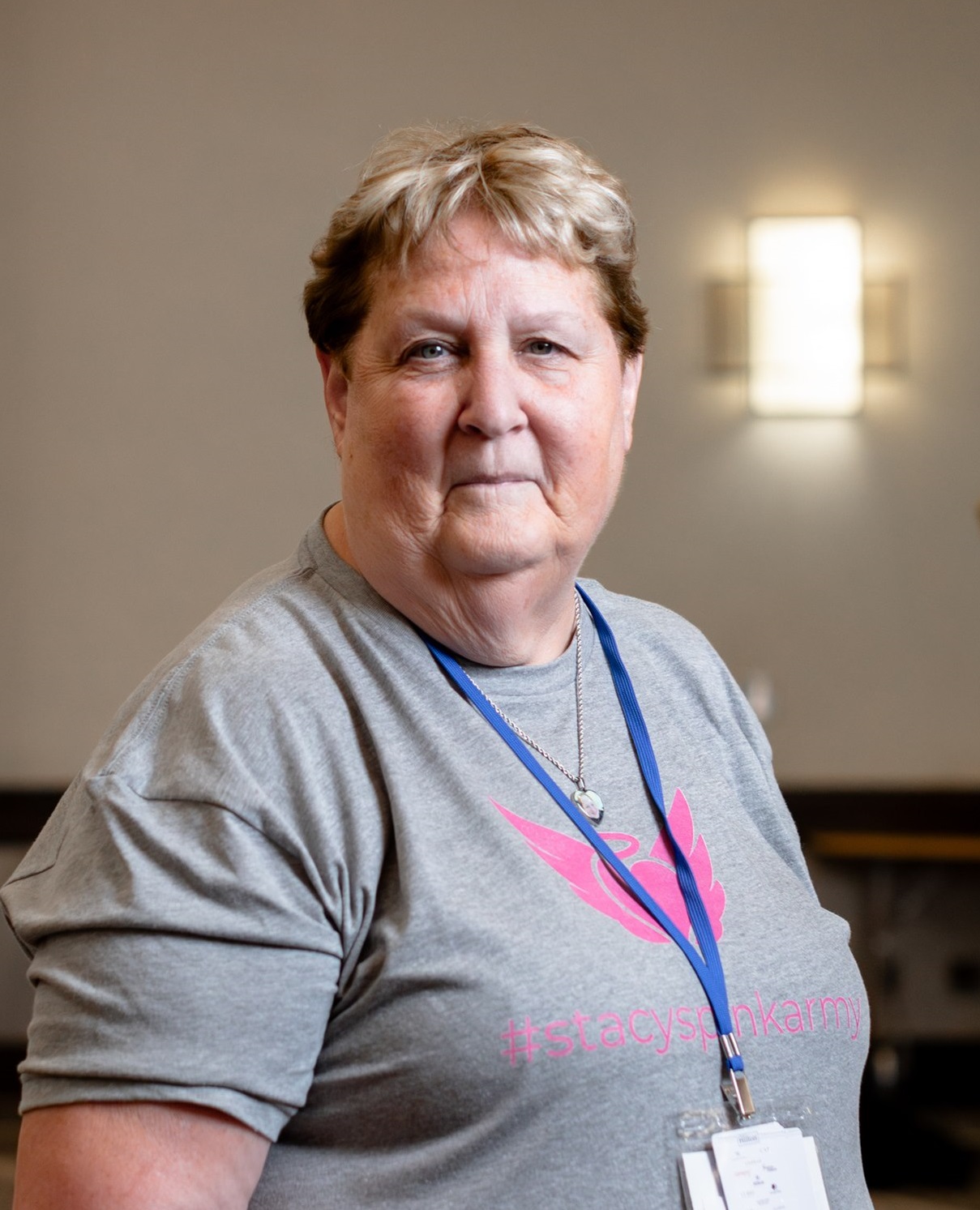
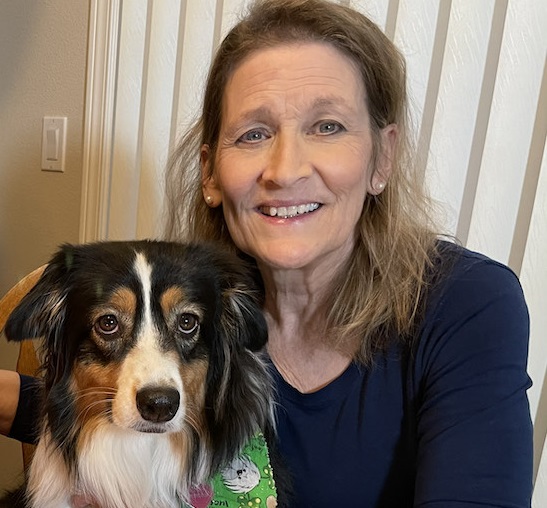
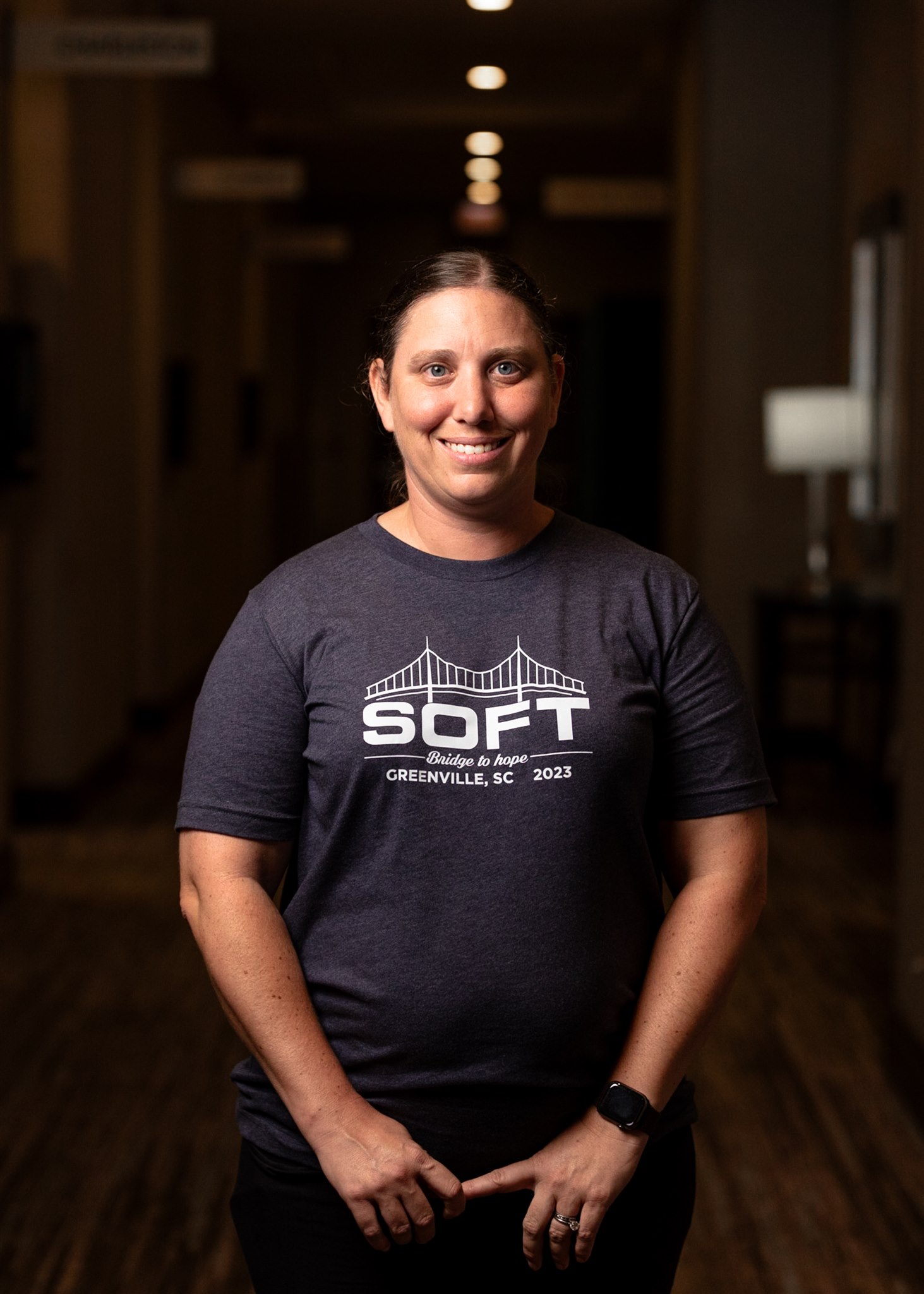
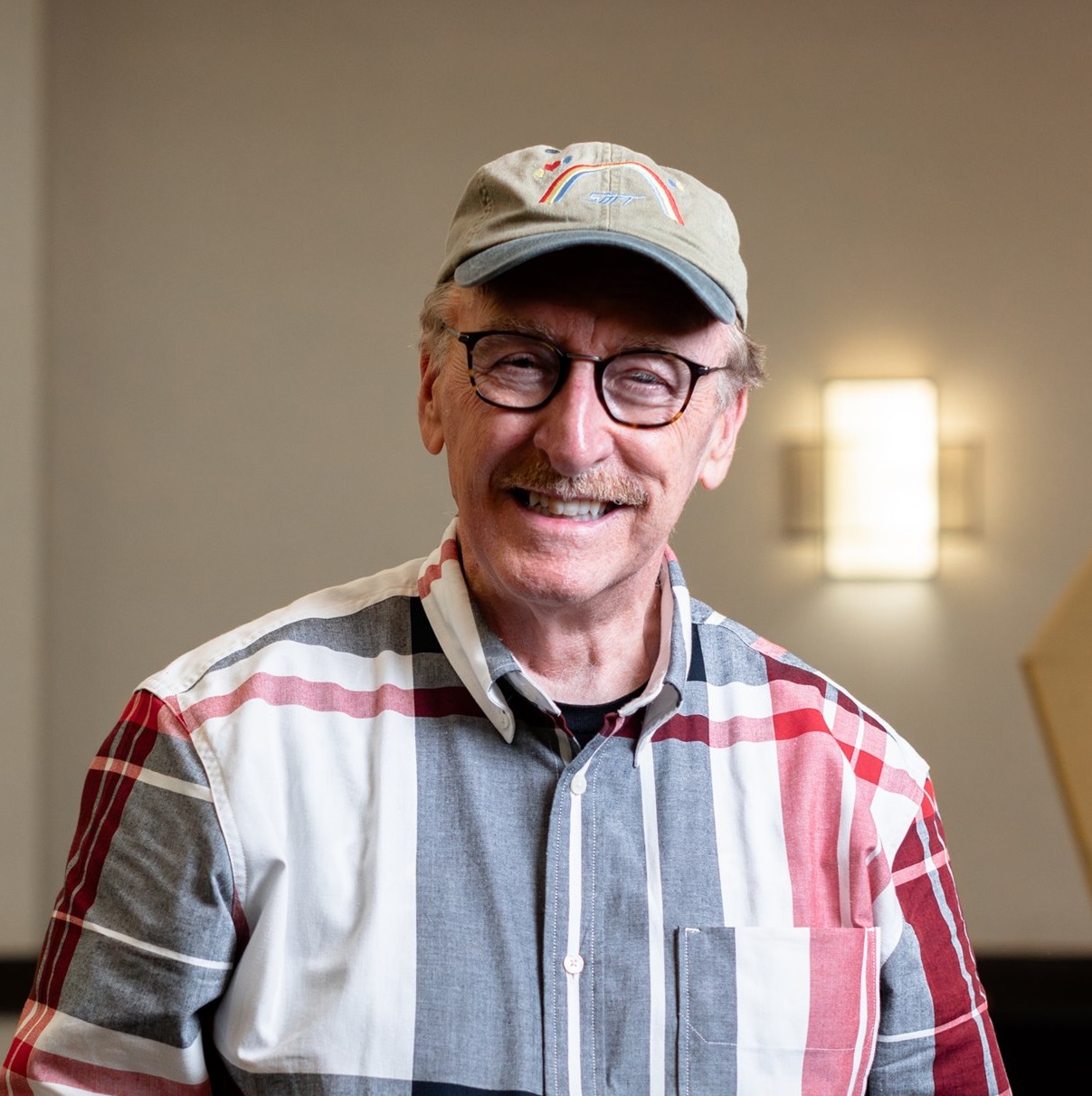
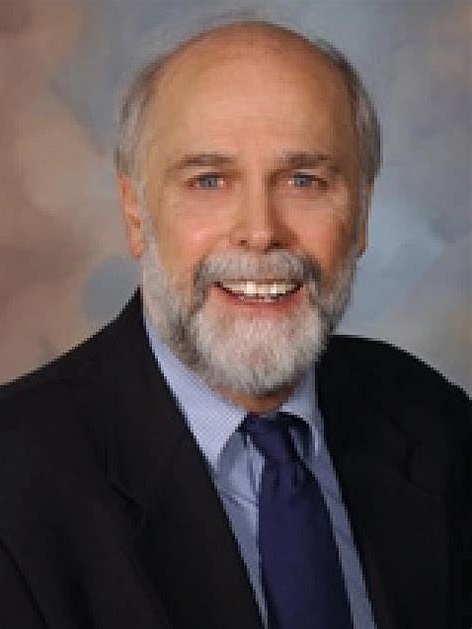
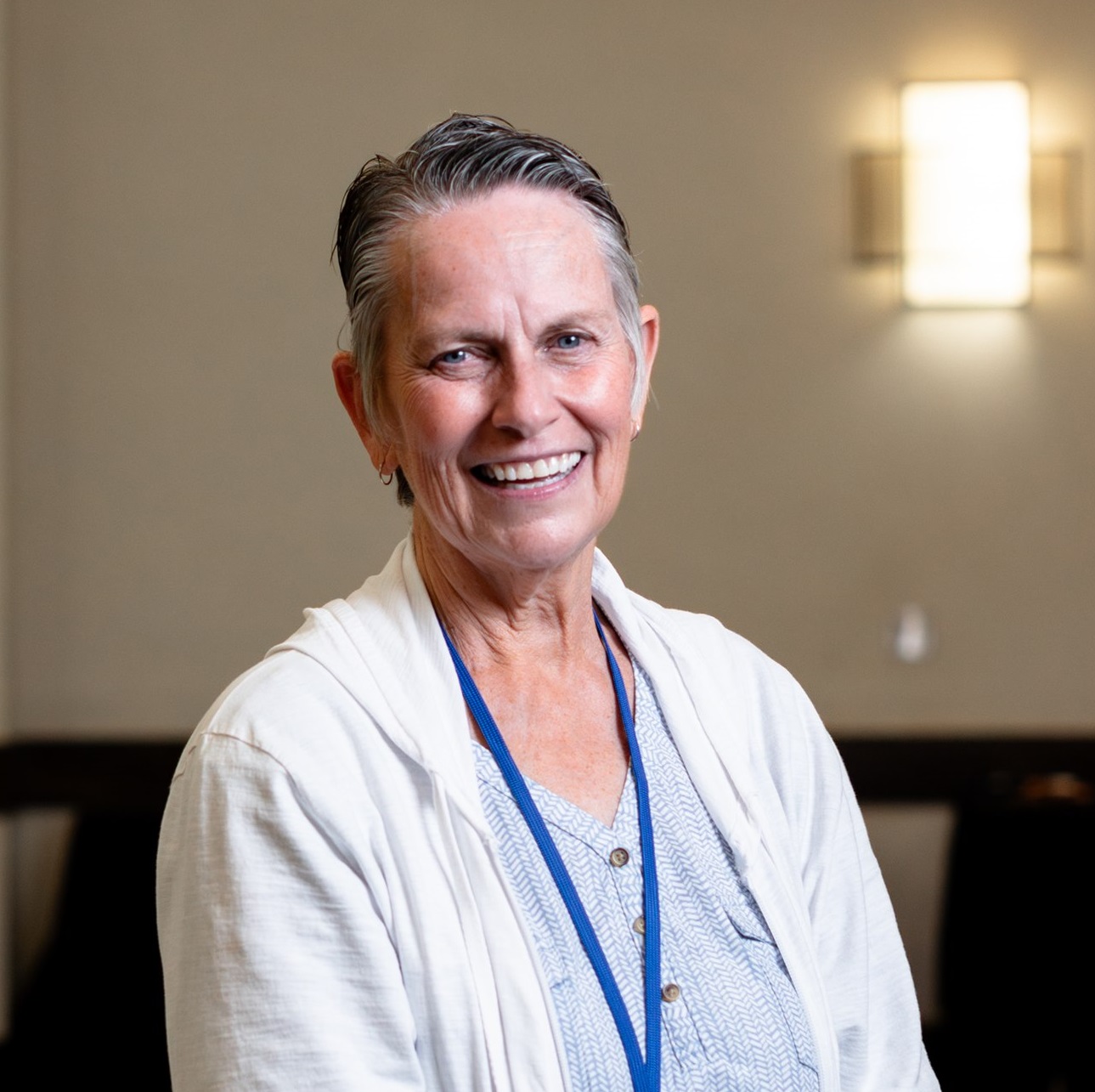

Recent Comments